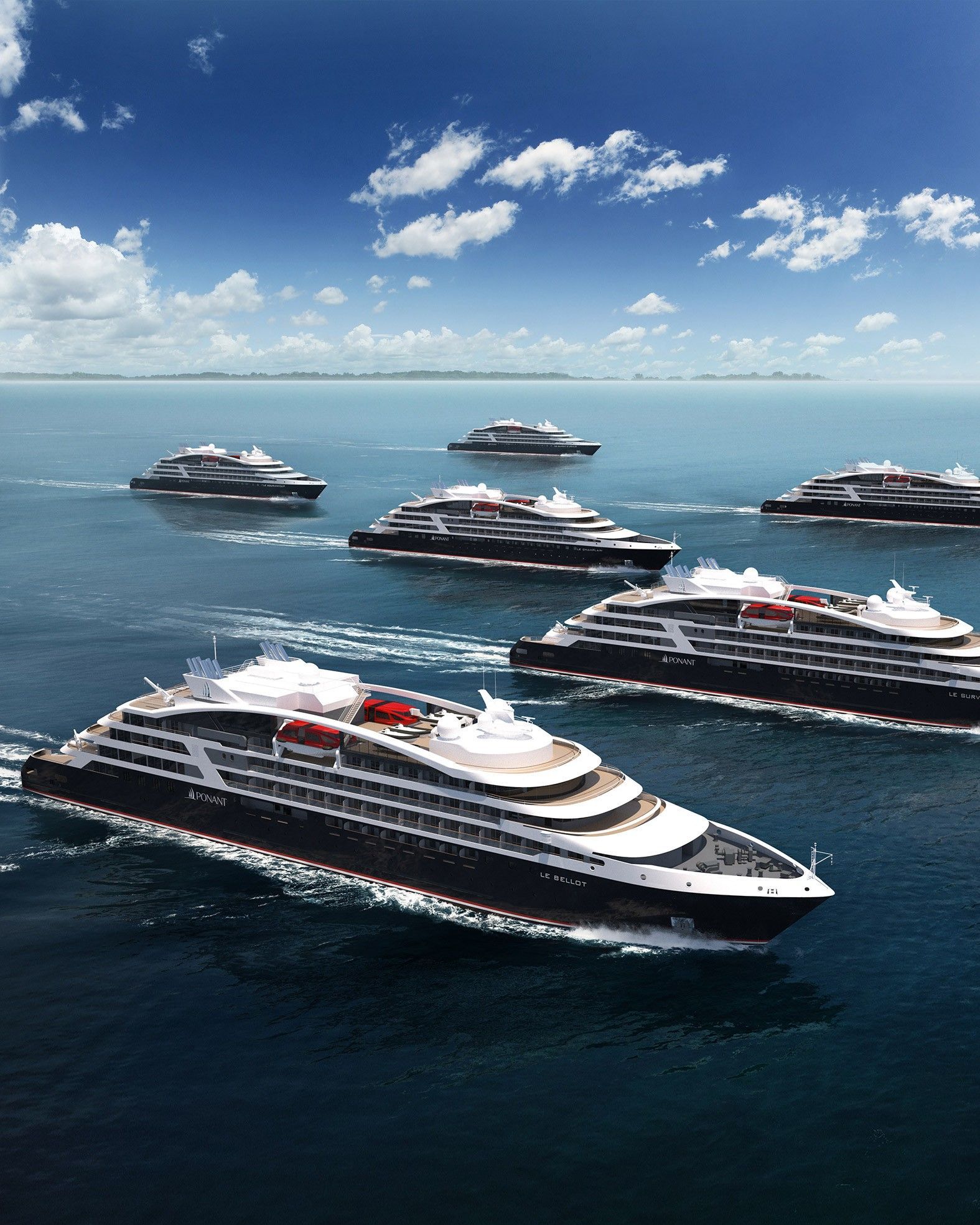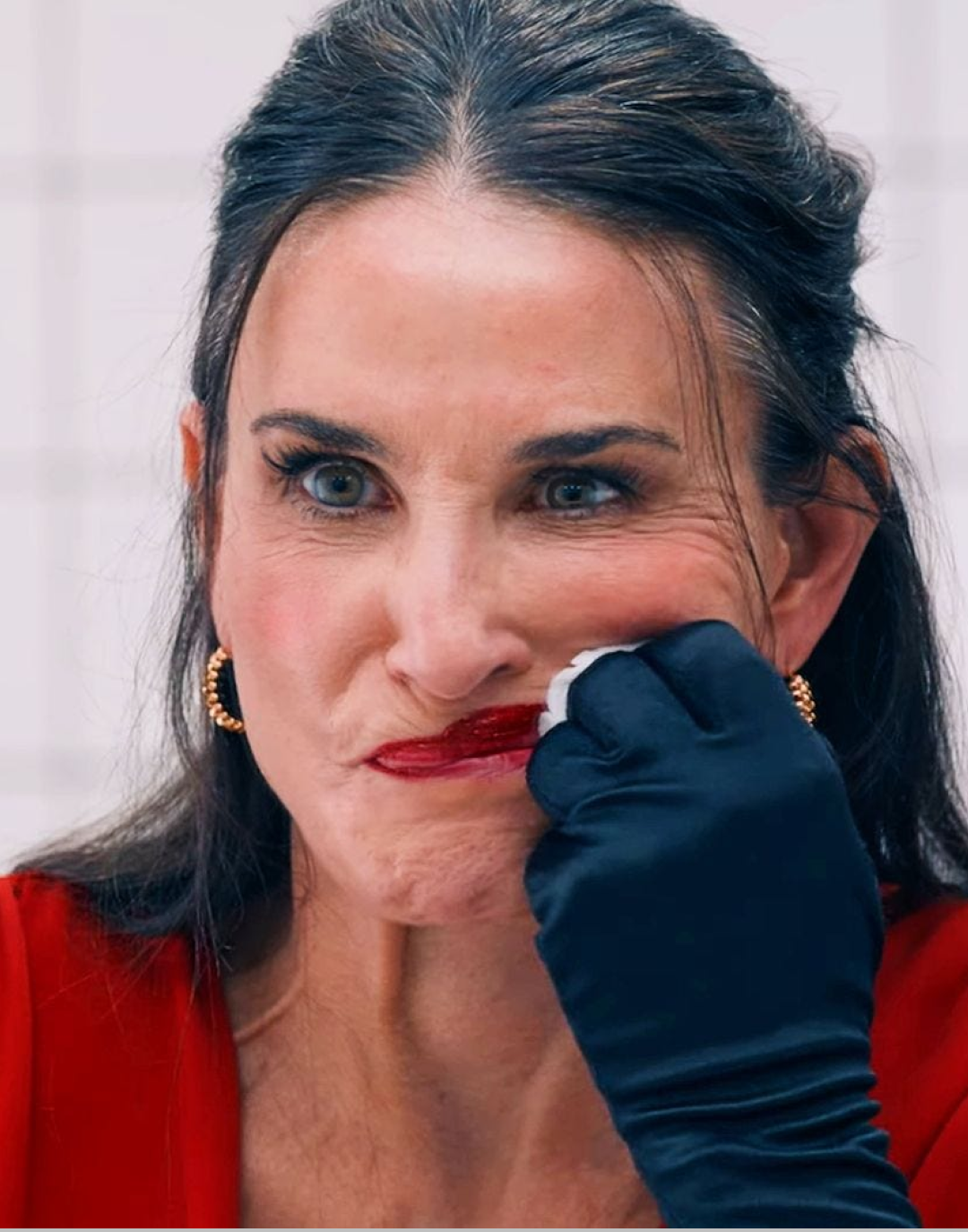
Why fashion bigwigs want to monopolize Made in Italy What will happen when the big brands have bought even the last factory in Tuscany?
In recent years, ensuring the continuity of the fashion supply chain, especially with regard to Italian raw materials, has been a significant challenge for even the strongest luxury titans. Disruptions caused by the pandemic, followed soon after by inflation, put pressure on suppliers and created production delays. In response to this situation, several fashion brands are teaming up to acquire supplier shares with the stated aim of protecting Italian craftsmanship from outside forces, but with the real intention of verticalizing and controlling their production processes without depending on external actors. The most noteworthy partnership came when the Prada Group and the Zegna Group announced that they had jointly acquired a 15 percent stake in Luigi Fedeli e Figlio, an Italian knitwear manufacturer-the second time the two companies have joined forces after acquiring a majority stake in wool and cashmere supplier Filati Biagioli Modesto in 2021. Another noteworthy partnership was announced recently by Chanel and Brunello Cucinelli, who revealed their joint agreement to acquire a 24.5 percent stake each in Cariaggi Lanificio, an Italian cashmere supplier renowned for its fine yarns in which Brunello Cucinelli already owned a 43 percent stake. Similarly, both brands emphasized their goal of protecting the know-how and employment of the Italian industry while simultaneously improving the traceability and quality of the raw materials they use.
@action.speaks.louder Untangling the mess that is the fashion supply chain. #fashiontiktok #foryou #fyp #sustainablefashion #ecotok original sound - Action Speaks Louder
Experts acknowledge the many benefits of such collaborations, both for brands and suppliers. However, they also warn against the risk of a handful of luxury brands monopolizing the Italian wool and cashmere supply chain as well as other raw materials such as leather and cotton. Recently, LVMH acquired the Nuti Ivo tannery, also in Tuscany; Dior even bought a furniture factory to convert it back into a leather goods factory; Fendi opened its new sustainable giga-factory; while Armani started an experimental regenerative organic cotton crop in Puglia. While these factories have the function of keeping artisanal know-how alive (often academies dedicated to training are also associated with these factories), in the short term they are having the effect of saturating the literal production space in the region, where virtually not only are there no more "free" tanneries but the physical space in which to build new factories is also running out. Interviewed by Vogue Business, Rémy Daguillard, founder of the logistics company Stellae International, pointed out that, at the moment, there is a kind of unofficial competition among brands to grab new production sites in Italy but also that this opportunity is accessible only to big brands with sufficient resources to invest in their suppliers and ensure efficient production. The idea of verticalization, however, is not new: practically all along, the Zegna Group has been adopting a largely vertically integrated model, overseeing its products from the selection of raw materials to the finishing stages, going on to strengthen its portfolio of Italian manufactures with the acquisition of Tessitura Ubertino, a manufacturer of wool, cotton, cashmere and leather; Dondi, a company specializing in knitwear; Cappellificio Cervo; and Bonotto another fourth-generation textile manufacturer.
Chanel in recent years has also followed the path of vertical integration, acquiring shares in knitwear specialist Paima in 2021, French company Grandis and tannery Renato Corti in 2019, and numerous other companies, creating more than 30 production sites over the past four decades. But precisely because of this, it is indicative that, for the first time in its history,Chanel has partnered with another luxury brand to acquire a stake in one of its suppliers - the move betrays, on the part of the industry as a whole, a sense of urgency in grabbing the country's major production hubs. But it was after the pandemic that supplier acquisition fever picked up momentum - especially as many manufacturers were unable to recover economically from the impact of COVID-19, thus getting acquired to stay afloat but also to access capital needed to invest in new technologies such as implementing artificial intelligence and robotics and expanding their teams. And given that such upgrades and expansions are often nearly impossible for individual manufacturers to implement without a much larger customer base (which paradoxically is harder to access without the upgrades), acquisition by a luxury group with very deep pockets is a suitable solution for continued existence. This is without mentioning how even efforts to ensure traceability of materials and sustainability of practices, now almost a requirement, entail considerable expenses that the new majority partners can cover without any problems.
@amagksu Fabric shopping in Prato, Italy part 1!
For the big luxury groups, the risks due to possible supply chain disruptions, leading to slowed deliveries and rising final prices, already relatively limited thanks to their financial capabilities and resources, become less and less thanks to this campaign to conquer Italian manufactures. The problem concerns, as always, smaller designers and independent brands who find themselves forced to explore alternative options, looking for manufacturers with shorter lead times or cheaper and easier-to-recover raw materials - even at the expense of quality. Strategically, then, when brands acquire majority stakes in a certain manufacturer, they allow it to continue producing for other brands even though it is clear that they can still influence (and most likely do influence) the dynamics of these partnerships by prioritizing certain production lines over others. It is clear that the main risk is that of a production monopoly: if a certain majority investor wanted to ruin the competition it would be enough for him to prevent the company from working with a certain brand and keep him away from the production workforce. Of course, this is not always the case but the possibility exists - especially in an increasingly competitive fashion market where even the big spenders are beginning to be more cautious with their spending.














































